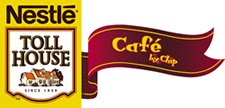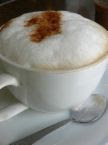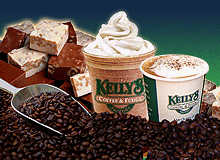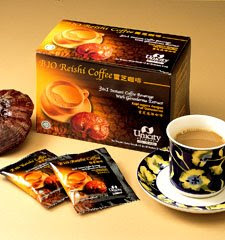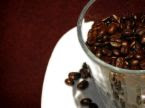
It is a pity that coffee does not get the credit and the attention it deserves. Coffee tends to get bad press and focus on negative effects of caffeine and we generally underestimate the importance of coffee in our life. Coffee is seen just as a drink, but it actually provides countless health benefits. Coffee may not be in the prescription by a physician. But nevertheless it plays a significant role in ensuring a healthy life for us.
People love coffee. They start their daily routine with a steaming cup of coffee in the early morning. But it is a question whether they really realize the benefits of coffee as a health drink. Coffee stops headache. It boosts your mood. These are the good things about coffee that all of us know. But there are more than what eyes meet in coffee matters.
• Research has shown that coffee minimizes the risk of diabetes.
• Believe it or not, coffee lowers the risk of Parkinson's disease and Alzheimer's disease. People who drink coffee regularly are around 80% less likely to be affected by Parkinson's disease than who do not take coffee at all.
• Regular drinking of coffee distances you from colon cancer. Daily two cups of coffee, the risk you may get colon cancer is reduced by 25%.
• Two cups of caffeinated coffee per day, liver cirrhosis risk is decreased by 80%.
• Moderate intake of coffee reduces the risk of developing gallstones.
• Coffee reduces the risk of early stage diabetes. Coffee improves insulin sensitivity and it reduces blood sugar levels. Research has shown that if you drink three cups of caffeinated coffee per day, diabetes risk is reduced by considerable amount. If you drink six cups of caffeinated coffee daily, risk of diabetes is reduced by a whopping 50%.
• Coffee may help ward off asthma. Coffee eases out the nasal passages and improves airflow.
• Coffee contains antioxidants that fight against viral infection. One cup of coffee contains more antioxidants than one cup of grape juice!
• Coffee contains chlorogenic acid, caffeic acid, and protocatechnic acid. These chemicals show excellent antibacterial effects.
• Caffeine present in coffee is a psychoactive substance. It improves one's mood and enhances performance.
• Coffee reduces fatigue effectively and it is an active stimulant.
• Around 100 ml of coffee every hour you can stay all night awake. Coffee delays sleep and reduces sleep time.
• Coffee makes you more alert. If you drink coffee whole day you will be alert throughout the day.
• Coffee prevents formation of dental cavities.
But coffee has its downside as well. It is an addictive drink. People who drink coffee daily in the long run become an addict, not just to that smell and taste, but to the caffeine content. They can reach a state where seems impossible for them to function in life without a cup of their favorite coffee and its likable bitter taste. If you make drinking coffee a regular habit, it certainly presents you numerous benefits like improved mood, enhanced performance, and reduction of risks of a lot of diseases including cancer. But what if you cannot drink your coffee at the usual time you take it? You may suffer from a headache. Fatigue reaches you. You feel restless. Your mood becomes dull. Your performance gets affected. If you regularly consume a large amount of coffee and stop drinking it suddenly you may suffer the withdrawal symptoms of caffeine addiction. This results in more adverse effects. Your blood sugar level becomes imbalanced. Your blood pressure gets affected. You may become easily impatient and get easily stressed. If you find this happening to you it is advisable to reduce your regular coffee intake and ease yourself out of your strong caffeine addiction. Limiting your daily intake will reduce your dependence on caffeine.
Though coffee has its own list of health benefits, like anything else, it should be taken only in moderation. Too much coffee has its own downside. So drink your cup of coffee, but only in a moderate amount to ensure a healthy you.
Source : http://www.articlesbase.com/food-and-beverage-articles




